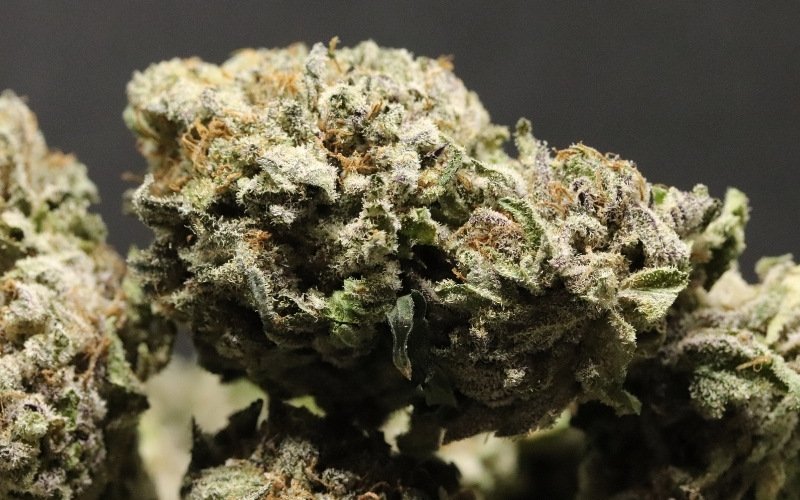Let’s start by reviewing the vocabulary used when looking for top quality weed in order to be prepared. The dried and cured female cannabis plant’s blossoms, also known as “nugs” or “buds,” are referred to as “flower.” While most flower is intoxicating because of its high THC content, some flower has a high CBD level and has less euphoric effects.
The best source material, or “top-shelf cannabis,” frequently allows for the best smoking experiences, edibles, tinctures, and even CBD oil. Slang words for top quality marijuana include the “loud,” “fire,” “dank,” and “Private Reserve.” On the other hand, the handles for Low-grade weed include “schwag” weed, “brick” weed, “ditch” weed, and “bunk” weed.
Even seasoned cannabis enthusiasts occasionally have trouble recognising high-quality flower, but the smell, appearance, feel, and floral structure are the primary characteristics that set good weed apart from bad stuff. We’ll analyse each of the four in this blog and provide advice on how to identify the positive aspects and steer clear of the negative ones.
What to Look for in the Best Weed / Bud
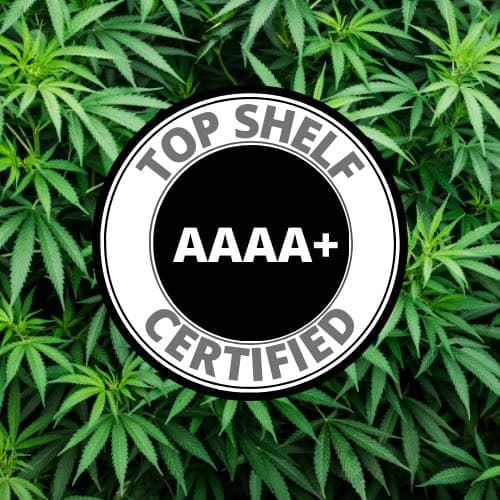
- Smell: Cannabis that has been grown and cured to the highest standards usually has a strong, enticing aroma. Strongly scented flowers are frequently described as having a “dank” or “loud” odour, which refers to the flower’s overall quality. Skunk, diesel, and pine are just a few of the names for the various fragrances that high-quality cannabis produces. A good-smelling flower will always be distinct, strong, and easy to identify. The sensation is likely to be more complex the stronger the aroma is.
- Take a look: Expensive flowers, like fresh, healthy produce, offer a few visual cues to their quality. All top-shelf weed should have a pleasing appearance, but the best strains can readily show a rainbow of hues. Deep green blooms with fiery orange or red hairs are frequently signs of high grade flowers. They can also convey hues ranging from vivid blue to deep purple. The quantity and health of trichomes are a key visual sign of good marijuana. Trichomes are the minuscule, sparkling crystal-like appendages on the surface of the plant that produce and store the chemicals in charge of the flower’s aroma, flavour, and therapeutic properties. The greater the number of frosty trichomes visible with the naked eye, the more potent the flower is both euphorically and medicinally. Use a magnifying lens to observe trichomes on a nug even more clearly if your eyesight isn’t the best or if you want to get a closer look.
- Feel: When you touch or gently squeeze good weed between your fingertips, it should feel sticky and slightly spongy. The bud shouldn’t be fully dry or crumble when touched, but the stems should snap and it should be quite simple to separate them. Alternatively, very damp or soft buds should be avoided since they are more likely to grow mould or mildew.
- Floral structure: Sativa-leaning flowers that have been expertly grown and cured typically have airy, fluffy shapes and compositions, whereas indicas typically have tighter, denser flower structures. Although the actual experience you get and the structure typically have little in common. Rock-hard blooms may indicate the usage of plant growth regulators, which can produce a disagreeable flavour. Extremely fluffy blossoms could be a sign that the plant wasn’t cultivated to its full potential or wasn’t given enough light to thrive. While bomb weed is the distinguishing feature of a great dispensary, good flower comes in a variety of forms and sizes and goes by many different names.
How do I know if it’s bad weed?
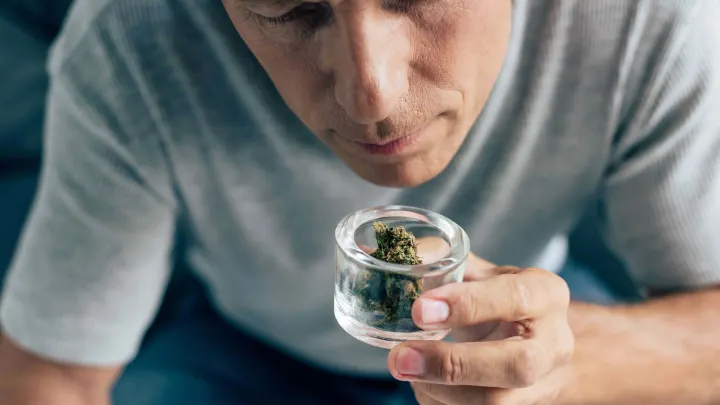
Smell:
Poor flower can adopt a range of odd scents, which usually signals a batch of subpar cannabis. These cheap buds, sometimes known as “schwag” or “bottom shelf,” can smell musty or mildewed. Cannabis that is old or compromised has a musty or straw-like fragrance. Cannabis typically has a shelf life of about a year when kept out of the light and heat before beginning to really deteriorate. Aromas that are unpleasant are typically a sign of improper handling, badly cured cannabis, or old age.
Look:
Poor-quality flowers have a unique appearance. It may manifest as a blossom that is discoloured or as an excess of stems and seeds. Flowers can turn discoloured for a variety of causes, including mould, ageing, pesticides, and chemicals. In the end, you don’t want to purchase it, let alone smoke it.
Amber-colored trichomes are one of the most crucial signs of poor marijuana. Trichomes change from being transparent to amber-colored with time, heat, and light. This is a blatant indication that you were duped into buying last year’s crop.
It’s a horrible sight to see low-quality marijuana in so many different states of degeneration. When you’re gazing at a nice plant gone bad, nature offers various visual cues, from soil brown to an immature lime green blossom.
Feel:
A lower-quality bloom may typically feel dry or brittle to the touch. In contrast to dense, sticky bloom, a dry bud will feel light and airy with no weight behind it. Additionally, poor cannabis will easily disintegrate under pressure or may already be disintegrating. Avoid “shake,” which is a loose, unfinished bloom.
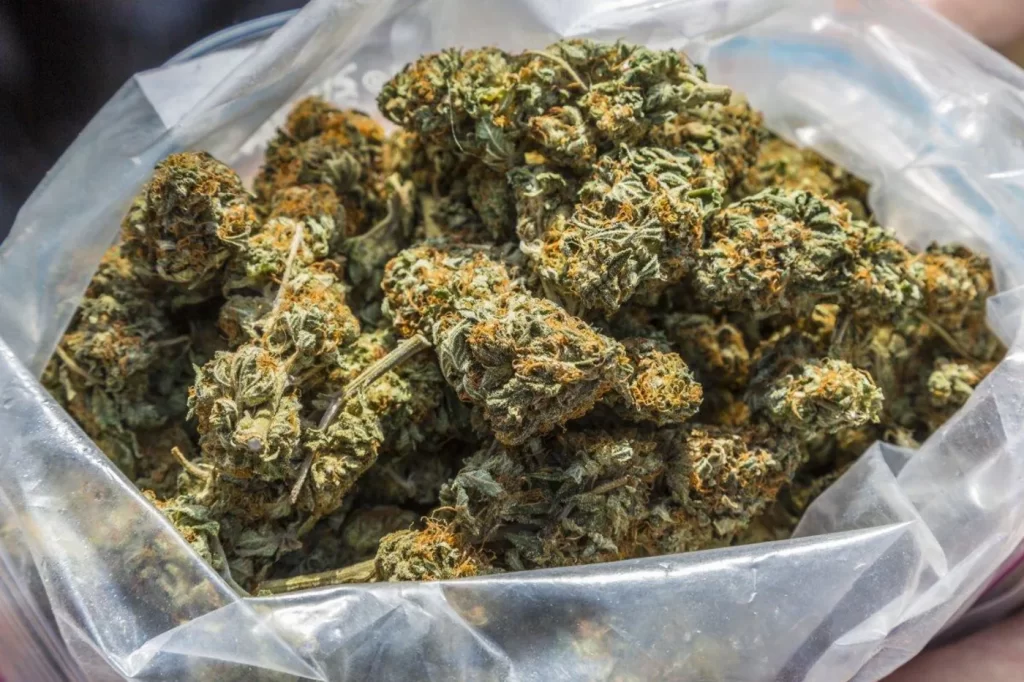
When squeezed, buds that are too “moist” tend to stay put and their stems don’t snap. The additional moisture content creates the ideal environment for mould and mildew to grow. A cultivator who failed to adequately dry and cure their cannabis is indicated by wet nugs that tear rather than split apart.
Bloom Structure:
A keen eye may quickly spot a flower with poor structure. A correctly grown flower will frequently be aesthetically pleasing, yet a plant that is carelessly grown can produce flowers that are less attractive. Even if a plant’s shape essentially tells nothing about its chemical makeup, it nonetheless has the ability to convey information. The cannabis community commonly and harshly disparages “fluffy” or “airy” nugs, despite the fact that they may contain high quantities of terpenes and cannabinoids, as a result of growing circumstances.
Other indicators of Bad Weed
You could believe that marijuana with a high THC content is of higher quality, A professional cannabis scientist dispels this fallacy. She informed us here at my Grasshopper Weed Dispensary that THC levels more than 20% were cause for concern “There are financial incentives for labs to manufacture ever-higher THC results, so lab tests are not as reliable as they might seem. Be extremely cautious of fake test results, particularly with flowers that have a label of approximately 30%.”
She also made the point that the two factors—enjoyment and THC potency—do not always match up. She said, “You can still have a really bomb experience with 5-10% THC,” distinguishing it from intoxication.
Is expensive weed always good?
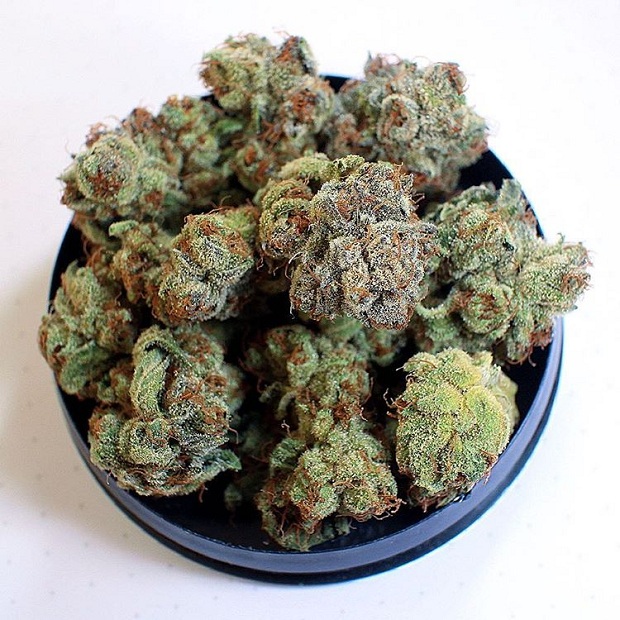
And is cheap pot necessarily a bad thing? She said that a low price point could possibly be an indication of an older product past its expiration date, but definitely not always the case here.. you can get dank smelling fresh, quality, flower that’s affordable you just have to look in the right places.
Be cautious if a premium flower has a high THC content, although often a high price represents the added care and attention necessary to develop a truly craft product.”
Before purchasing marijuana that seems to be excessively inexpensive, verify the harvest date and smell the buds. If marijuana doesn’t smell good, it can be dirt weed. The fact remains, nevertheless, that discovering decent cannabis depends on your unique preferences.
Bottom line
Finding high-quality flowers doesn’t have to be difficult. Even inexperienced cannabis smokers will be able to distinguish between top shelf bud and bad buds with a keen eye (and sniff).
But when it comes down to it, marijuana smoking is all about what you enjoy. What you like may not be what the neighbourhood bud tender, delivery person, or your friend prefers. There are thousands of farmers producing hundreds of different strains. To identify the best strain for you is the objective. Finding the ideal product from a brand or grower you appreciate and can use repeatedly is all that is necessary to make it work with your unique chemistry.
So go out there and look for the four key signs. Go top-shelf shopping.
My Grasshoppers Top-Shelf Flower Collection

